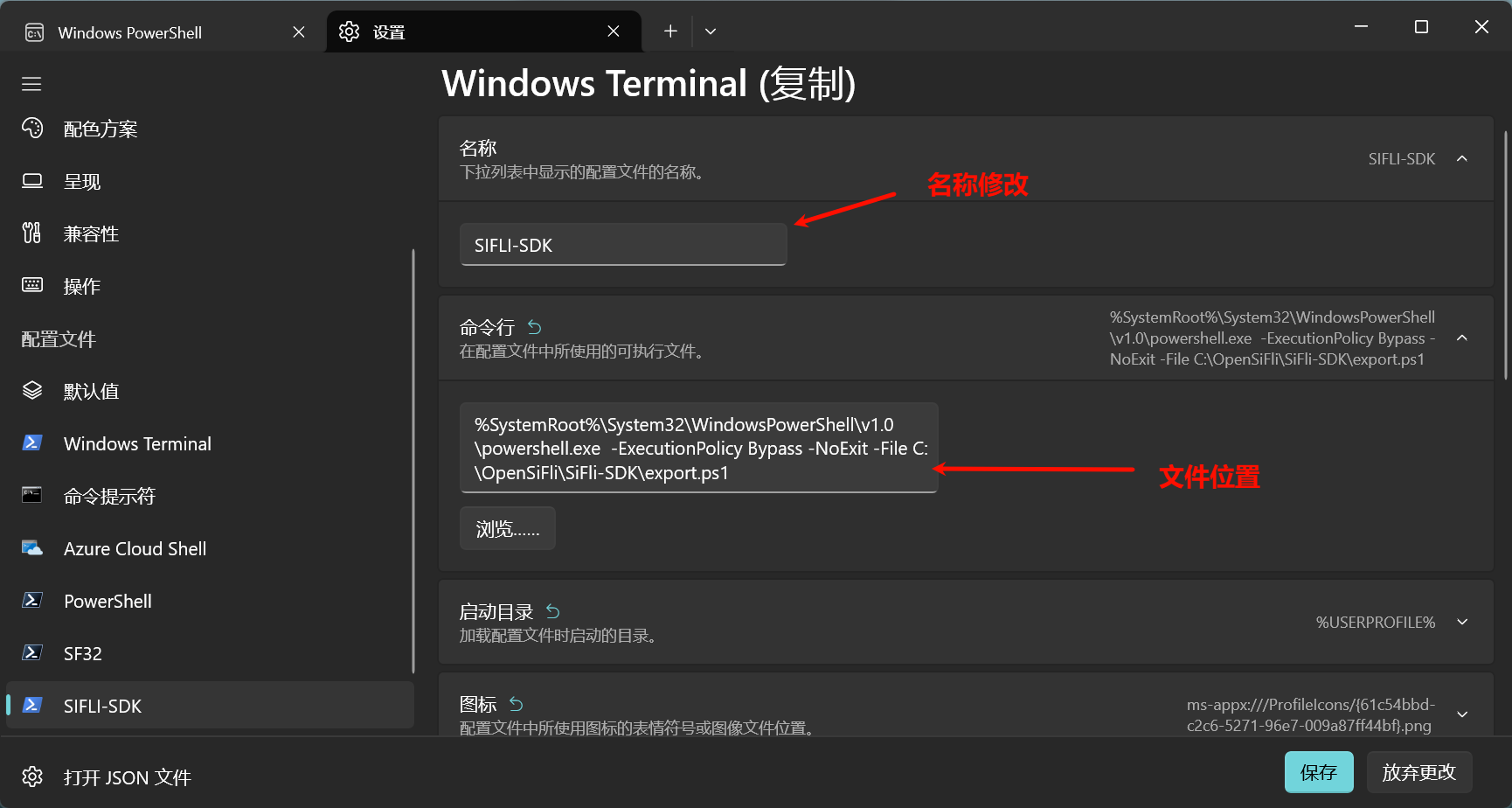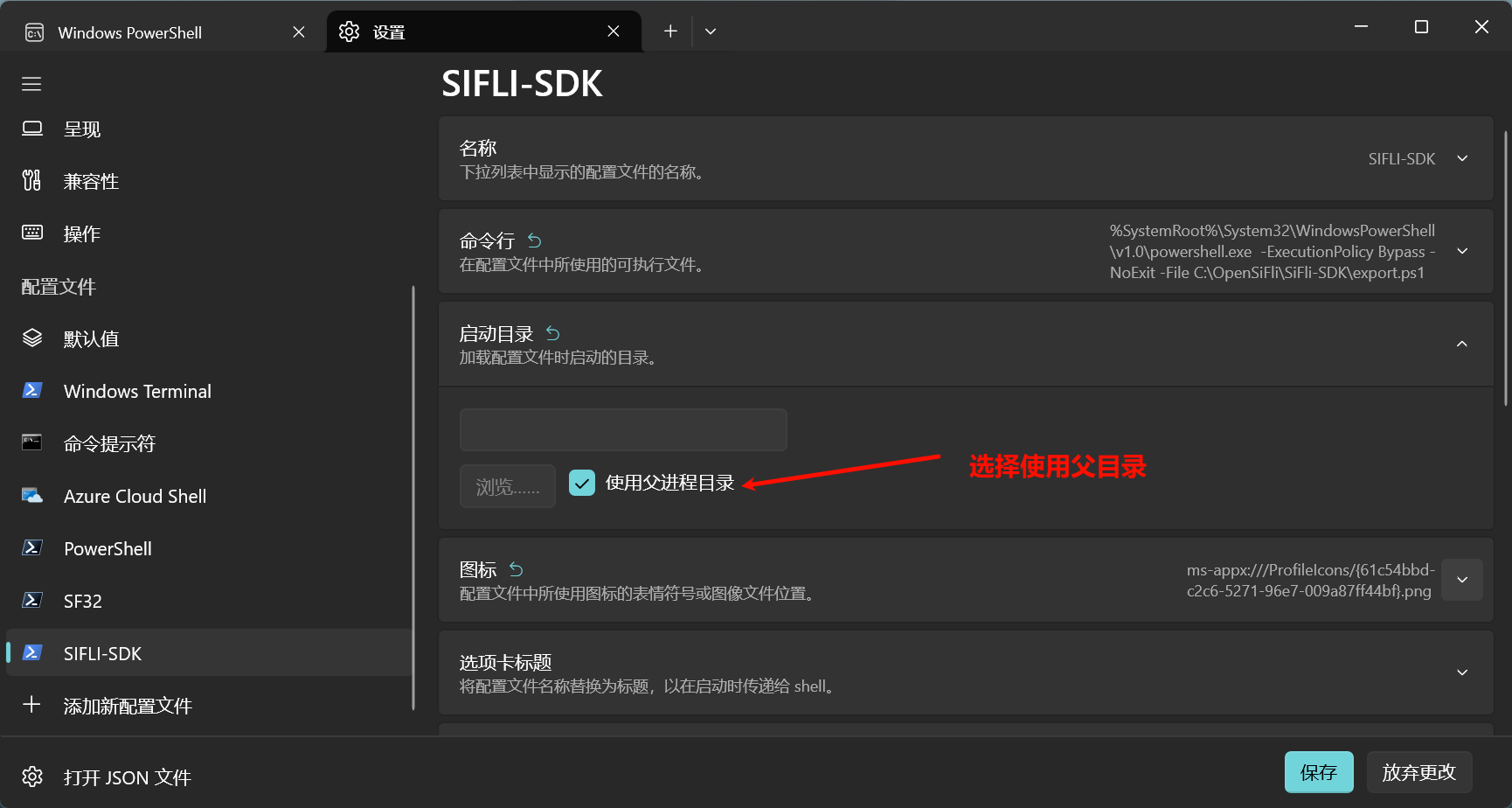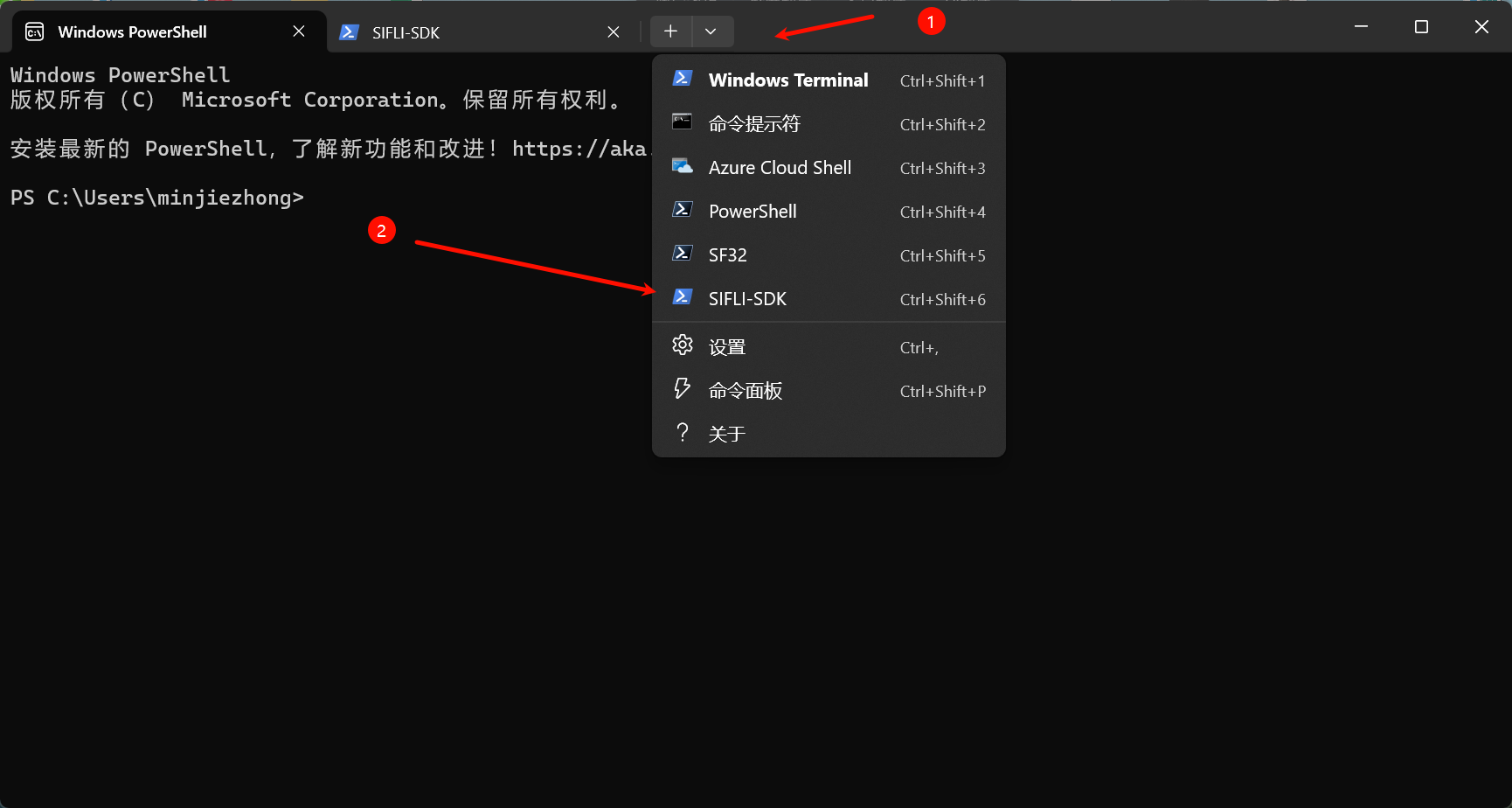Windows Installation Process
Installation Prerequisites
Python Environment
For Windows users, you need to ensure that the Python environment variable exists in the environment variables.
If Python is not installed, please refer to the Python official website to download and install Python version 3.9 or above, below 3.14. After installation, make sure to add Python to the system’s environment variables.

Note
For domestic users in China, you can use the following domestic mirror link to download Python installer: https://mirrors.ustc.edu.cn/python/3.12.0/python-3.12.0.exe
After installation, you can run the python --version command in the terminal to check if Python is installed successfully. Normally, it should output Python version information, such as:
Python 3.12.0
Git Environment
If Git is not installed, please refer to the Git official website to download and install Git. After installation, make sure to add Git to the system’s environment variables.
Note
For domestic users in China, you can use the following domestic mirror link to download Git installer: https://mirrors.huaweicloud.com/git-for-windows/v2.47.0.windows.1/Git-2.47.0-64-bit.exe. Keep the default installation options each time.
After installation, you can run the git --version command in the terminal to check if Git is installed successfully. Normally, it should output Git version information, such as:
git version 2.47.0.windows.1
Terminal Setup
SiFli-SDK script installation only supports powershell, and we recommend using PowerShell 7 version. For specific installation procedures, please refer to the Microsoft documentation PowerShell Installation.
For terminal choice, we recommend using Windows Terminal. Users can also choose other terminals, such as the integrated terminal that comes with VSCode. However, Windows Terminal is more recommended. Note that in some newer Windows 10/11 versions, Windows Terminal is already pre-installed.
To open PowerShell, you can use the following methods:
Press the Win key or click the Windows icon in the lower left corner, type
powershell, then click to open PowerShell terminal.Press Win + R key combination to open the Run window, type
powershell, then click OK.
If you are using Windows Terminal, you can directly open PowerShell in the terminal. To open the terminal, you can press the Win key or click the Windows icon in the lower left corner, type terminal, then click to open Windows Terminal.
Warning
Note that if you are using PowerShell 5, running the install script in Windows Terminal may result in errors, prompting that PowerShell.exe is not supported. In this case, please upgrade to PowerShell 7 or use the PowerShell native terminal (the one with blue background after opening).
To check PowerShell version, you can use the following command:
$PSVersionTable.PSVersion
If you encounter the error message
Cannot load file C:\OpenSiFli\SiFli-SDK\export.ps1 because running scripts is disabled on this system. in the subsequent script running steps, or if you have never heard of or run .ps1 scripts before, please open PowerShell terminal in administrator mode and run the following command:
Set-ExecutionPolicy RemoteSigned
Then type Y and press Enter to gain permission to run scripts.
Get SiFli-SDK
Before building applications around SF32, please first obtain the software library files provided by SiFli from the SiFli-SDK repository.
Get a local copy of SiFli-SDK: Open terminal, switch to the working directory where you want to save SiFli-SDK, and use the git clone command to clone the remote repository. Generally, we recommend using code from the release branch to get the latest stable version.
Warning
Since SiFli-SDK contains submodules, you cannot obtain the complete code by downloading the zip package.
Open PowerShell terminal and run the following commands:
mkdir -p C:\OpenSiFli
cd C:\OpenSiFli
git clone --recursive -b release/v2.4 https://github.com/OpenSiFli/SiFli-SDK
Note
The above SDK path is for example only, users can choose the path according to their needs.
If accessing GitHub is slow in China, you can use the gitee mirror to clone SiFli-SDK. Please use the following command:
git clone --recursive -b release/v2.4 https://gitee.com/SiFli/sifli-sdk
Note that the SiFli-SDK repository path on gitee is all lowercase, so you need to pay attention to case sensitivity when SiFli-SDK appears later.
Note
If you want to switch to other branches (e.g., development branch), you can use the checkout command, for example:
git checkout main
or
git checkout release/v2.3
Note
Note that SiFli-SDK contains some submodules, so you need to use the --recursive parameter to clone all submodules. If you forgot this parameter when cloning, you can run the following command after cloning to initialize the submodules:
git submodule update --init --recursive
Install Tools
In addition to SiFli-SDK itself, you also need to install various tools used by SiFli-SDK for projects supporting SF32, such as compilers, debuggers, Python packages, etc.
cd C:\OpenSiFli\SiFli-SDK
.\install.ps1
Warning
It should be noted that the pyenv tool should not be used to manage the Python environment of the system. Otherwise, errors may occur during the subsequent process.
Note
Domestic users in China can use the following commands to install tool packages through domestic mirror sources to avoid slow download speeds from default sources. Note that if you choose to execute the following commands, you do not need to execute the commands in the above code block.
cd C:\OpenSiFli\SiFli-SDK
$env:SIFLI_SDK_GITHUB_ASSETS="downloads.sifli.com/github_assets"
$env:PIP_INDEX_URL="https://mirrors.ustc.edu.cn/pypi/simple"
.\install.ps1
Custom Tool Installation Path (Optional)
The script described in this step installs the compilation tools required by SiFli-SDK in the user’s home directory by default, which is the $HOME/.sifli directory in *nix systems, or C:\Users\<name>\.sifli in Windows. We can choose to install tools to other directories, but please export the environment variable SIFLI_SDK_TOOLS_PATH before running the installation script. Note that please ensure the user account has read and write permissions for that path.
$env:SIFLI_SDK_TOOLS_PATH="D:\SIFLI\tools"
.\install.ps1
.\export.ps1
If you modified the SIFLI_SDK_TOOLS_PATH variable, please export this variable to the environment variables before running any SiFli-SDK tools or scripts.
Note
For Windows users, if your username contains spaces, Chinese characters, or other non-English characters, it is strongly recommended to set SIFLI_SDK_TOOLS_PATH to specify the tool installation path, otherwise it may cause installation failure or compilation errors. It is recommended to set this path to a pure English path, such as D:\SIFLI\tools.
Note
If environment variables are not exported, most shells will not support using SIFLI_SDK_TOOLS_PATH in variable assignments, such as SIFLI_SDK_TOOLS_PATH="$HOME/required_sdk_tools_path" ./install.ps1. Because even if the variable is exported or modified in the source script, the current execution environment is not affected by variable assignment.
Set Environment Variables
After the above steps, the SDK and related tools are installed, but their paths are not in the environment variables, so they cannot be used in any directory. Therefore, some environment variables must be set. This can be done through another script provided by SiFli-SDK.
Please run the following command in terminal windows where you need to use compilation or download commands:
cd C:\OpenSiFli\SiFli-SDK
.\export.ps1
Note
If you have set a custom tool installation path according to the above instructions, then you must set the SIFLI_SDK_TOOLS_PATH variable before running the export.ps1 script
cd C:\OpenSiFli\SiFli-SDK
$env:SIFLI_SDK_TOOLS_PATH="D:\SIFLI\tools"
.\export.ps1
Note
Each time you open a new terminal window, you need to run the export.ps1 script once in the SDK root directory to set environment variables. Note that this script must be run in the SDK root directory, otherwise it will cause execution failure or compilation errors.
Note
The current script may have some occasional bugs. If you get prompts like “command not found arm-none-eabi-gcc” during compilation, you can try running . export.ps1 twice to resolve it.
Windows Terminal Quick Configuration
If you need to run SiFli-SDK frequently and want to automatically set environment variables each time you open the terminal, you can create a new Windows Terminal profile by following these steps:
Press Ctrl+, in Windows Terminal to open settings, click to add a new profile, select duplicate profile Windows PowerShell, then follow these steps:

Change the name to SiFli-SDK
Change the command line configuration to the following, change the final export.ps1 file location to your SDK path
%SystemRoot%\System32\WindowsPowerShell\v1.0\powershell.exe -ExecutionPolicy Bypass -NoExit -File D:\SIFIL\SiFli-SDK\export.ps1

Change the starting directory to use parent process directory

Other configurations can remain unchanged
Click Save
Subsequently, you only need to open Windows Terminal in any code directory, click the dropdown menu in the upper right corner, select SiFli-SDK, and the environment variables will be set automatically. In the newly opened window, you can use the SDK’s compilation and download commands.

Check if Environment Setup is Successful
You can try compiling and downloading to see if it’s successful. For compilation and downloading, please refer to Build and Download